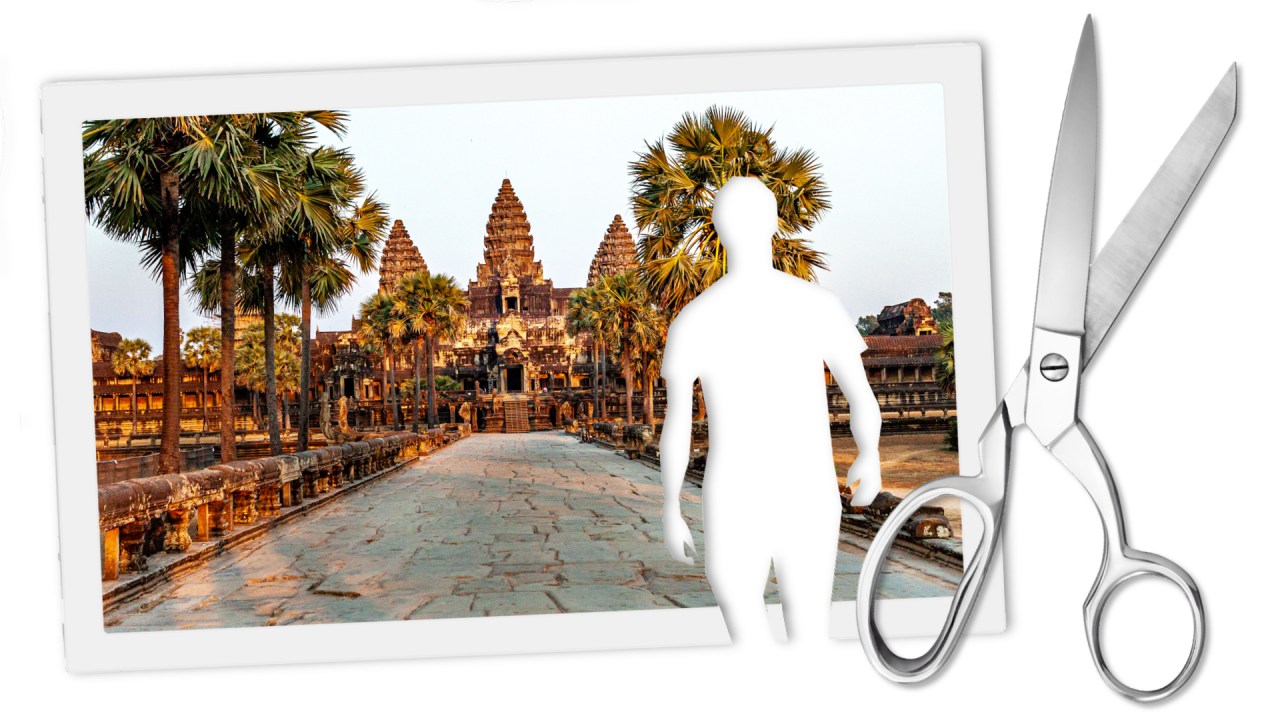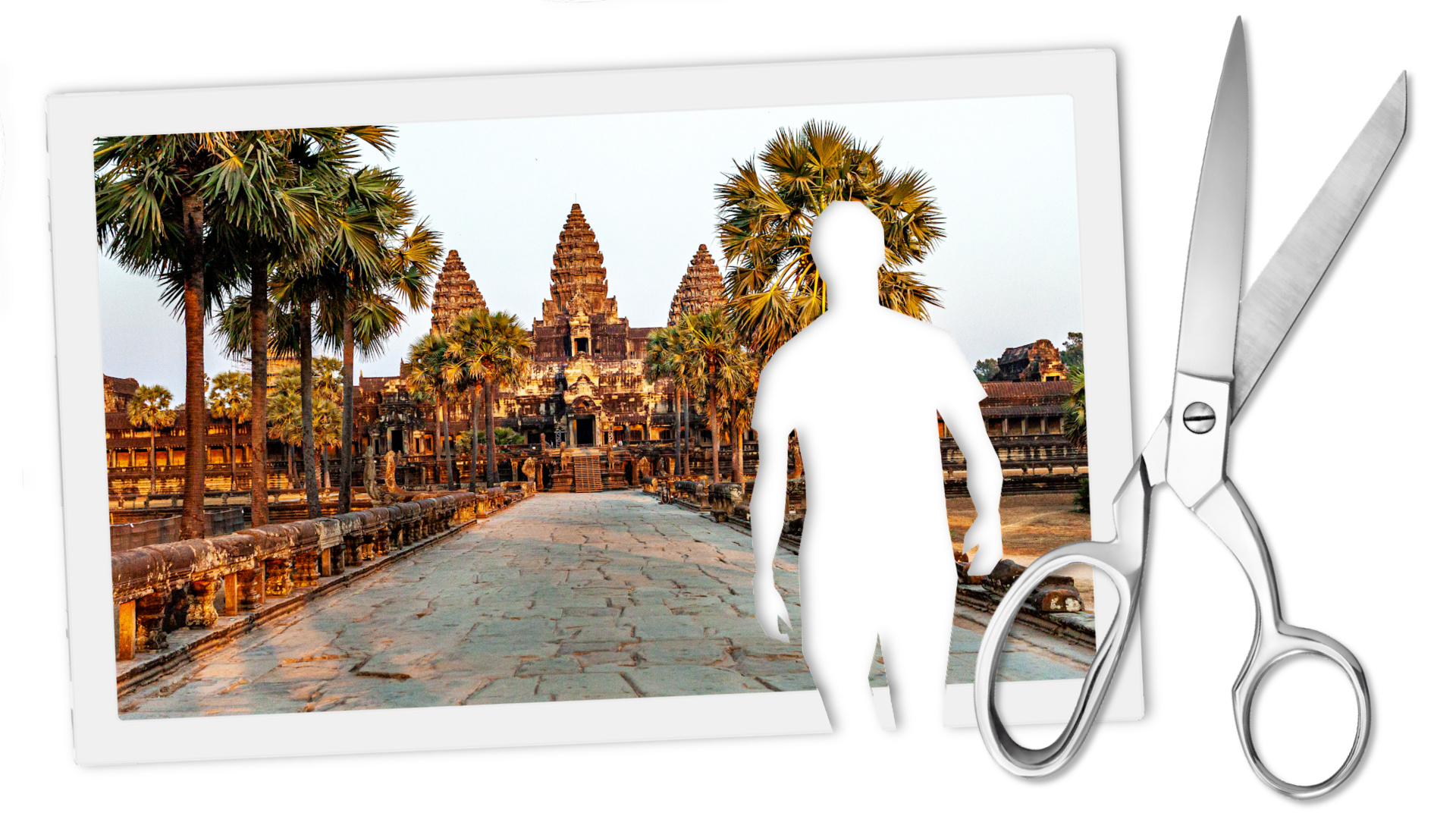A few months ago, I visited Angkor Wat, the majestic temple in present-day Cambodia that once stood at the centre of a vast empire. As the five towers of the palace came into view, I was, despite the intense heat, fully immersed in the beauty of the place. I imagined how excited a visitor from a faraway land in the 12th century, full of anticipation for a meeting at court, would have felt arriving at what was then the largest settlement on Earth. And like that imaginary visitor, I felt propelled forward, impatient to cross the moat that separated me from the edifice, to get a closer look.
At that moment, I heard a confident American voice. ‘Excuse me,’ the man shouted, as he crouched on the floor, phone in hand. ‘I’m taking a picture.’ I took a few steps back, joining about a dozen people waiting patiently in the scorching sun for the man to take a photo of his wife. As I stood there, I kept thinking: ‘Why are all of us doing this?’
Should everybody be able to visit beautiful sites without having to dodge the photos others are taking?
Much the same happened in other towns and temples I visited on a recent trip to Asia. Whether in Seoul, in Hanoi or in Luang Prabang: at a dozen beautiful sites, it felt as though half the visitors were focused on taking pictures, while the other half were reduced to walking around in elaborate patterns that would, if you traced them on a map, resemble the perimeter of a badly gerry-mandered electoral district.
The question of whether we should feel the need to stop what we are doing when other people are taking a photograph has become an ever-present dilemma. It is a question with admittedly low stakes but one that seems to me to have, if not exactly a moral, then a certain modicum of aesthetic significance.








Comments
Join the debate for just £1 a month
Be part of the conversation with other Spectator readers by getting your first three months for £3.
UNLOCK ACCESS Just £1 a monthAlready a subscriber? Log in